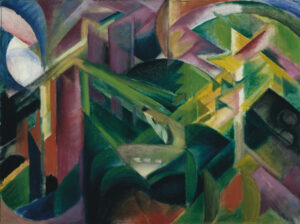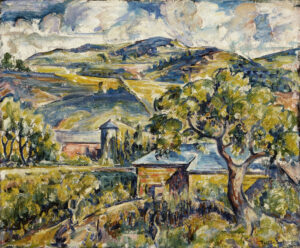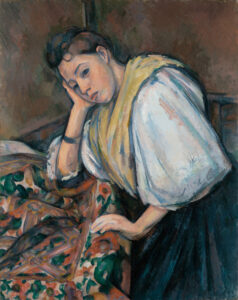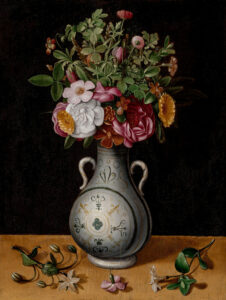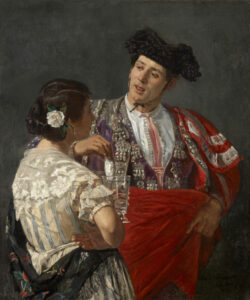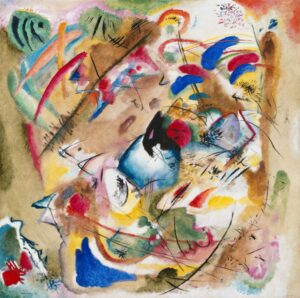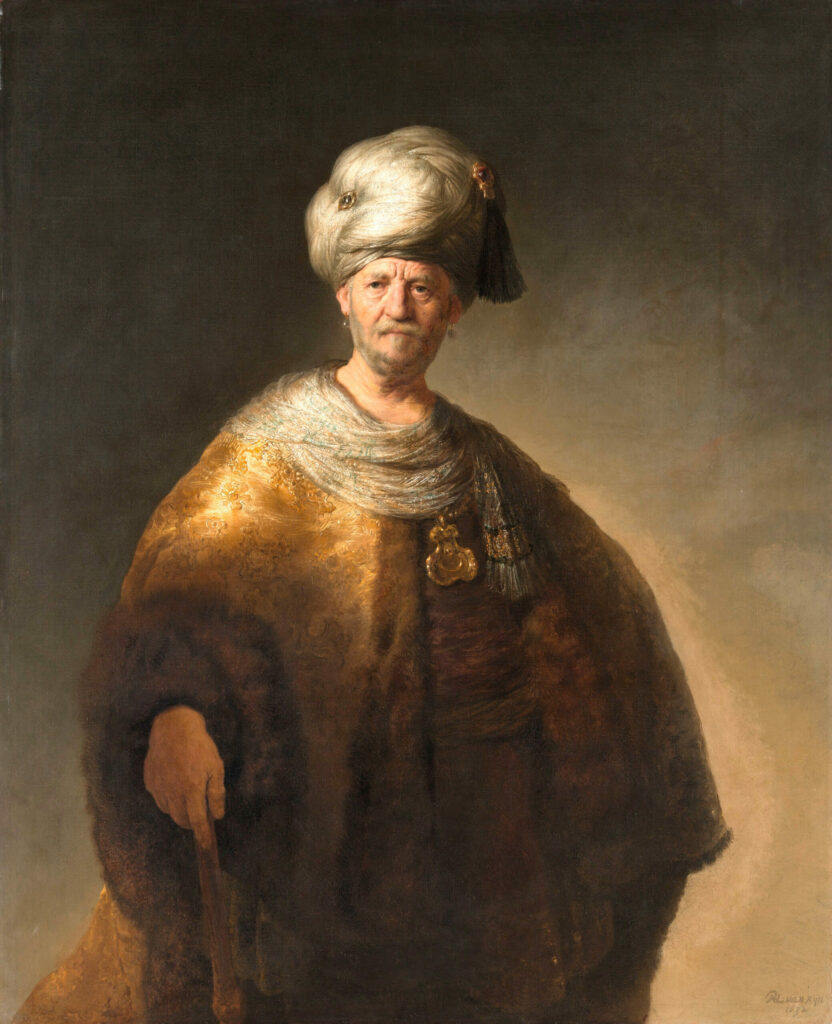
This captivating work illustrates Rembrandt’s genius in the art of orientalizing portraiture, a genre prized in 17th-century Netherlands.
Painted around 1632, shortly after his move to Amsterdam, this painting reveals remarkable technical virtuosity: the brilliance of brushwork and depth surpass the master’s contemporary official portraits. The figure, presumably a Dutch model recurring in the artist’s circle, is adorned with a sumptuous turban decorated with a plume and a golden coat with shimmering reflections. This exotic staging responds to the fashion for “imaginary Persian or Ottoman princes,” fueled by the commercial expansion between the United Provinces and the Orient. The dramatic chiaroscuro, Rembrandt’s signature, sculpts the model’s weathered face, creating striking psychological intimacy. This work testifies to the young artist’s ambition to seduce the discerning collectors of Amsterdam through his technical mastery and theatrical sense.
Further information
- Man in a Turban, by Rembrandt van Rijn, 1632
- 152.6 × 124.3 cm (60 1/16 × 48 15/16 in.)
- The Metropolitan Museum of Art, Fifth Avenue, New York, displayed in Gallery 616
- https://www.metmuseum.org/art/collection/search/437385
Dutch painter, engraver, and draftsman, Rembrandt Harmenszoon van Rijn (1606-1669) remains one of the most emblematic figures of the Dutch Golden Age. Born in Leiden, he settled permanently in Amsterdam in 1631, where he quickly achieved success thanks to his psychological portraits of unequaled intensity. Undisputed master of chiaroscuro, he developed a revolutionary pictorial technique, playing with impasto and glazes to create effects of texture and light. His prolific work explores all genres: portraits, genre scenes, landscapes, and religious or mythological compositions. Despite financial difficulties in his later years, Rembrandt never ceased to innovate, lastingly influencing Western art to this day.

